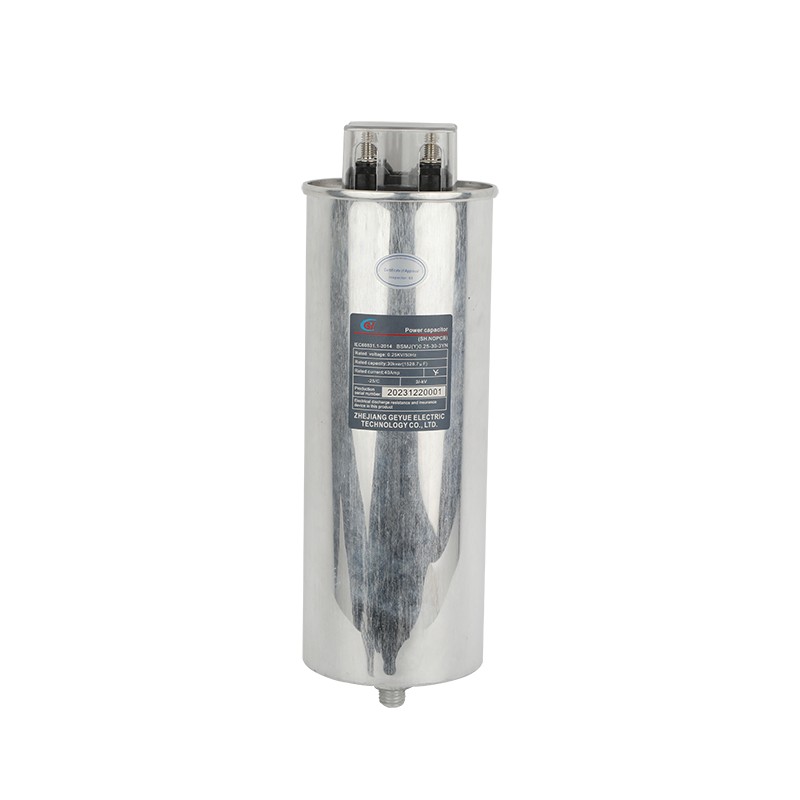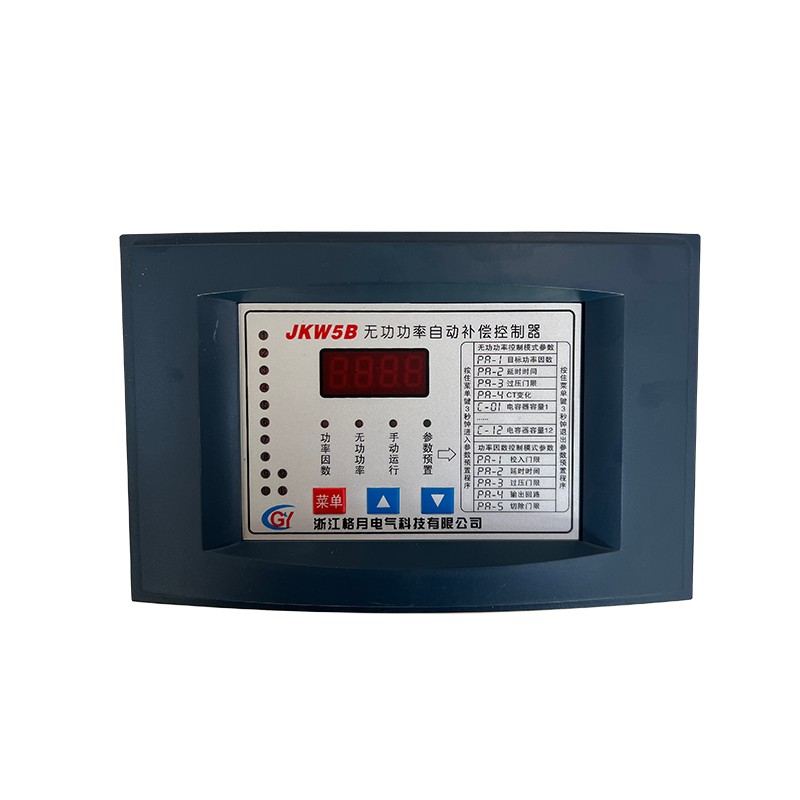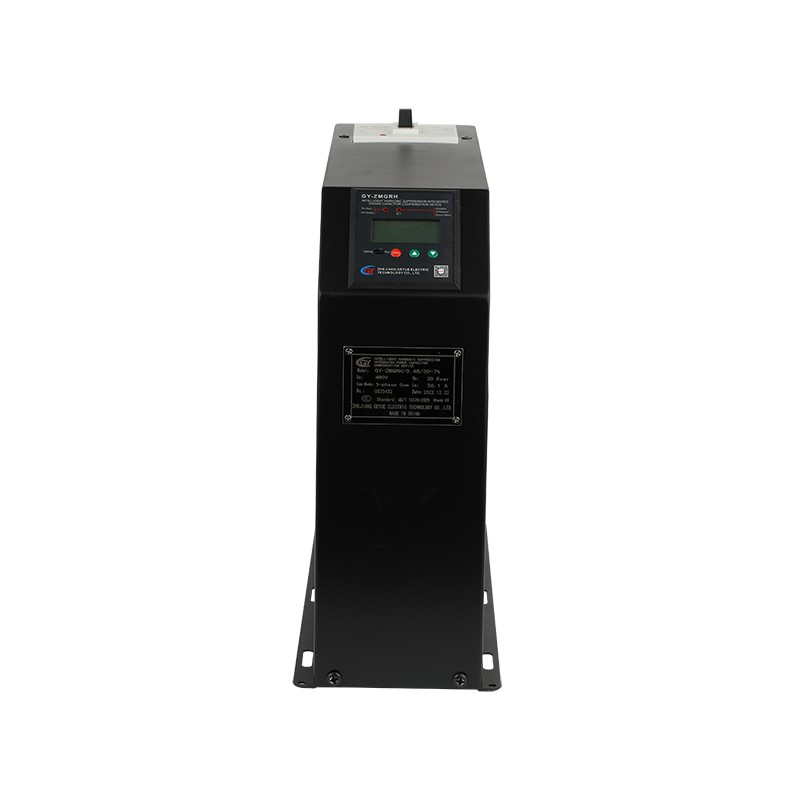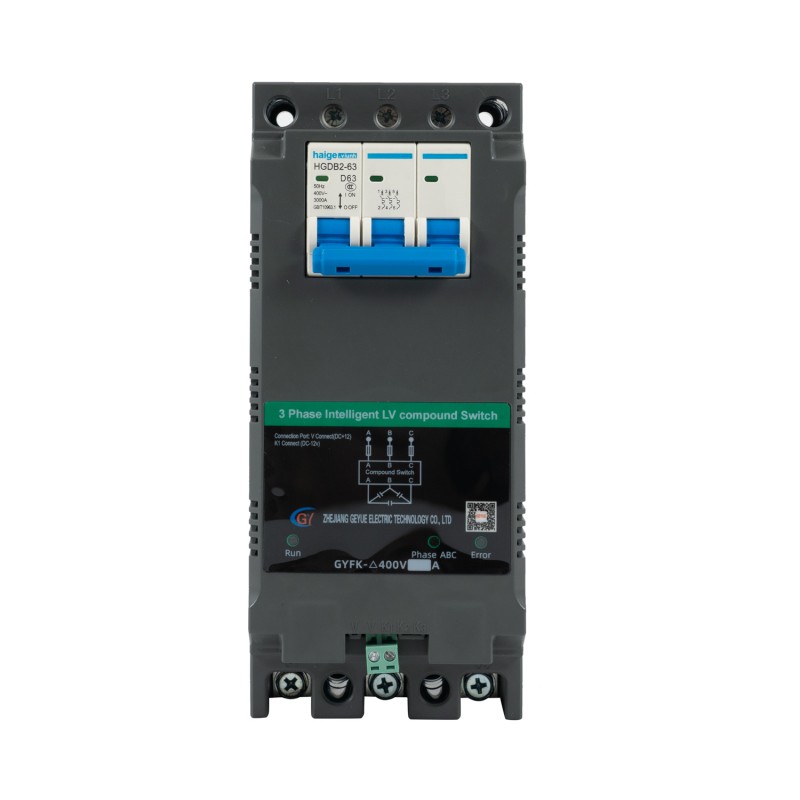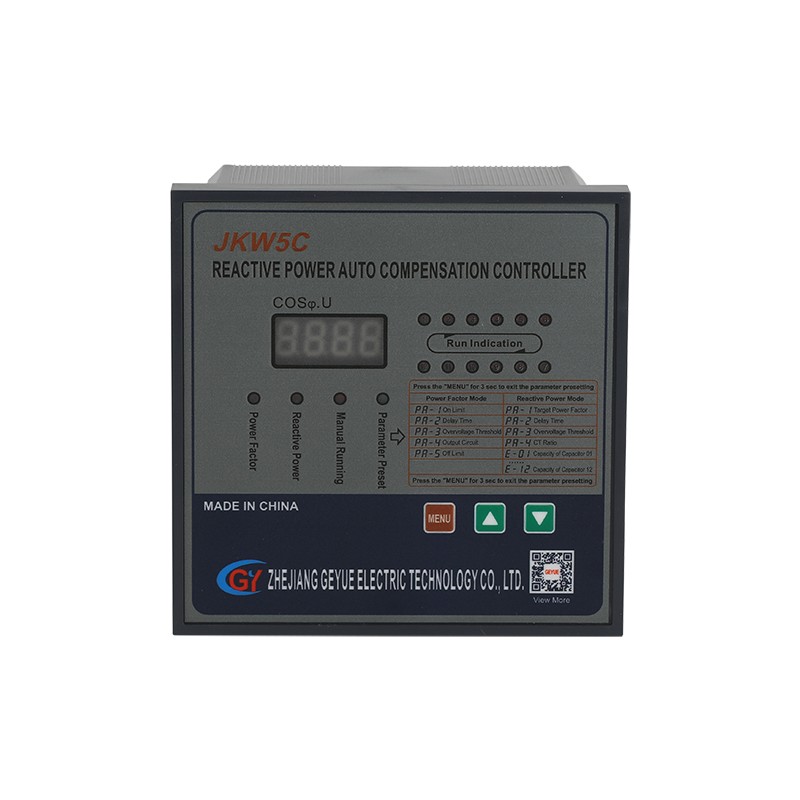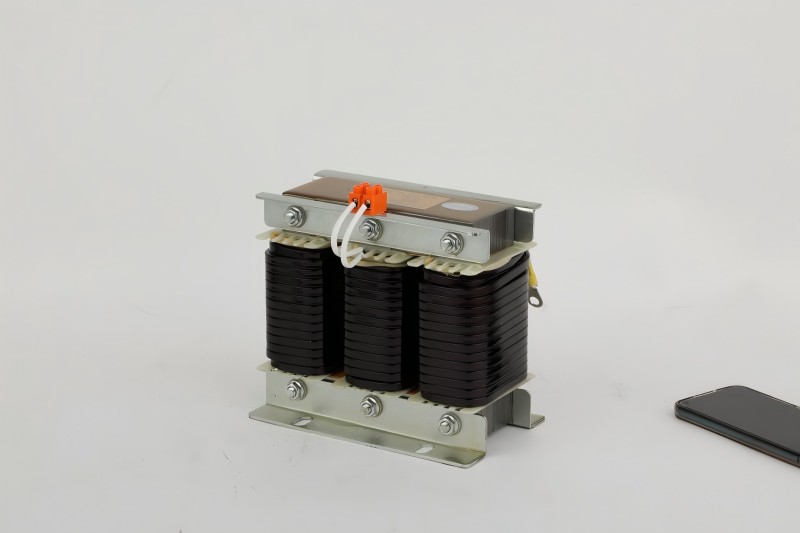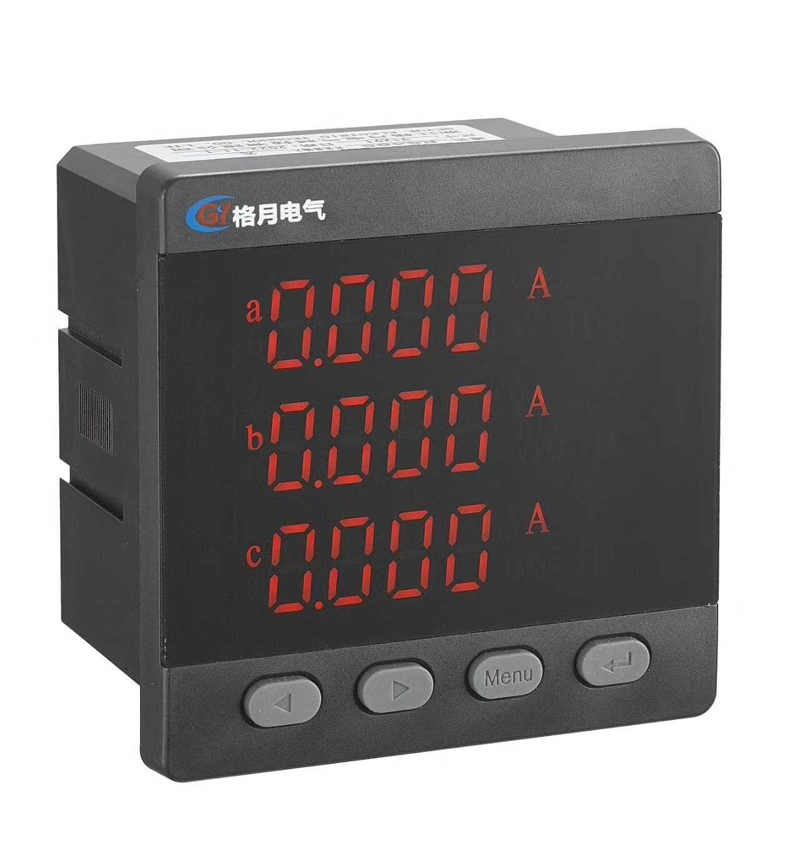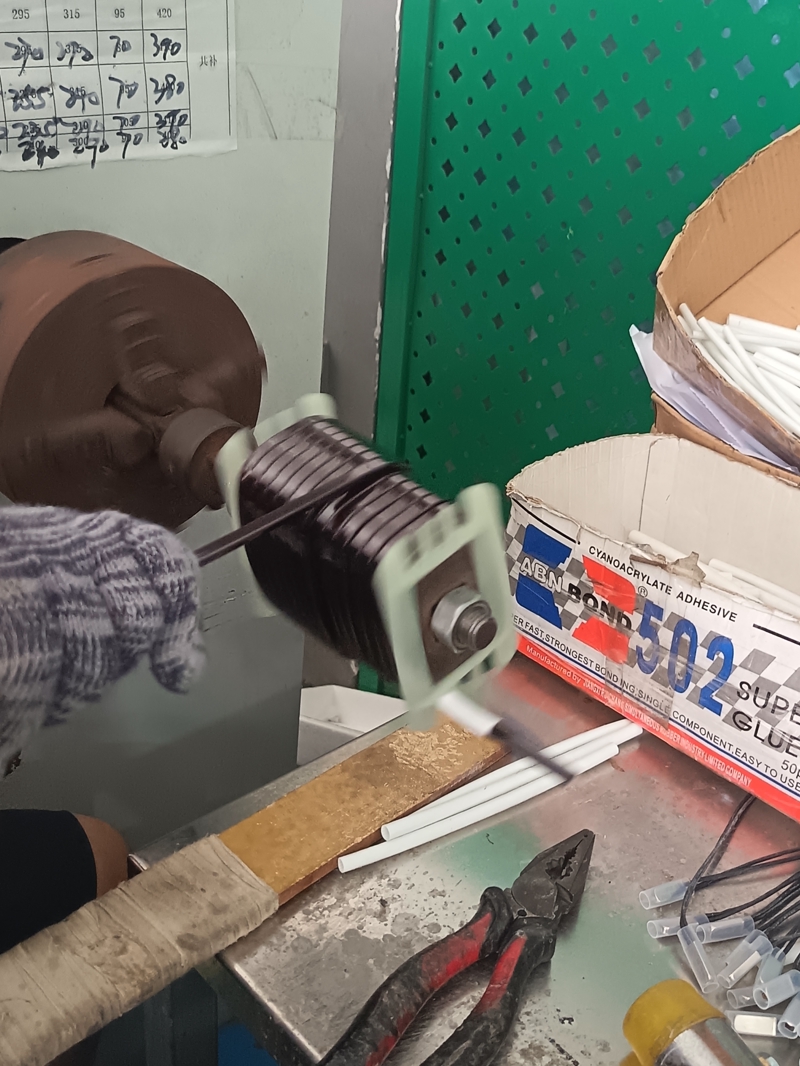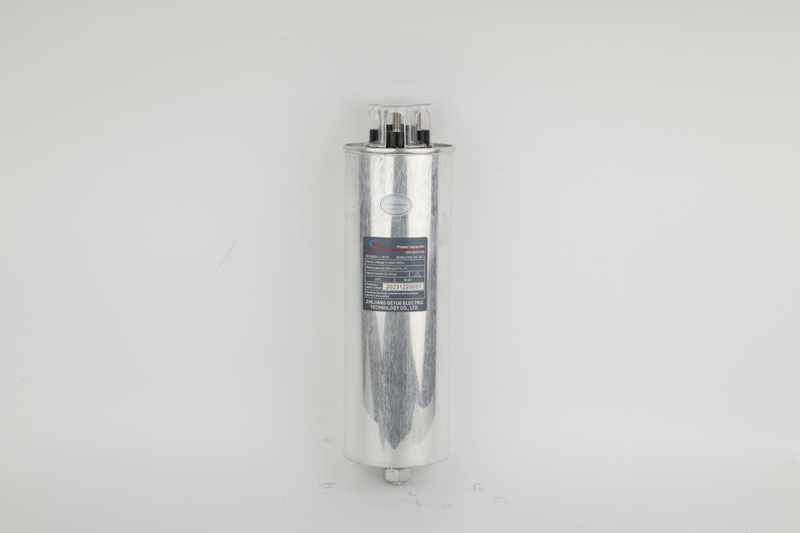How to Achieve "Zero Power Outage" Equipment Replacement in the Renovation of Old Capacitor Banks?
In the operation and maintenance of power systems, the renewal and transformation of old capacitor banks have always been a focus of the industry. As a professional manufacturer of low-voltage reactive power compensation equipment, Geyue Electric is well aware of the importance of capacitor banks in power systems and also understands the strict requirements of users for continuous power supply. Traditional renovation methods often require power outages, causing many inconveniences to users' normal production and operation. This article will systematically expound the technical principles, implementation plans and successful cases of "zero power outage" equipment replacement, providing a reference solution for the industry.
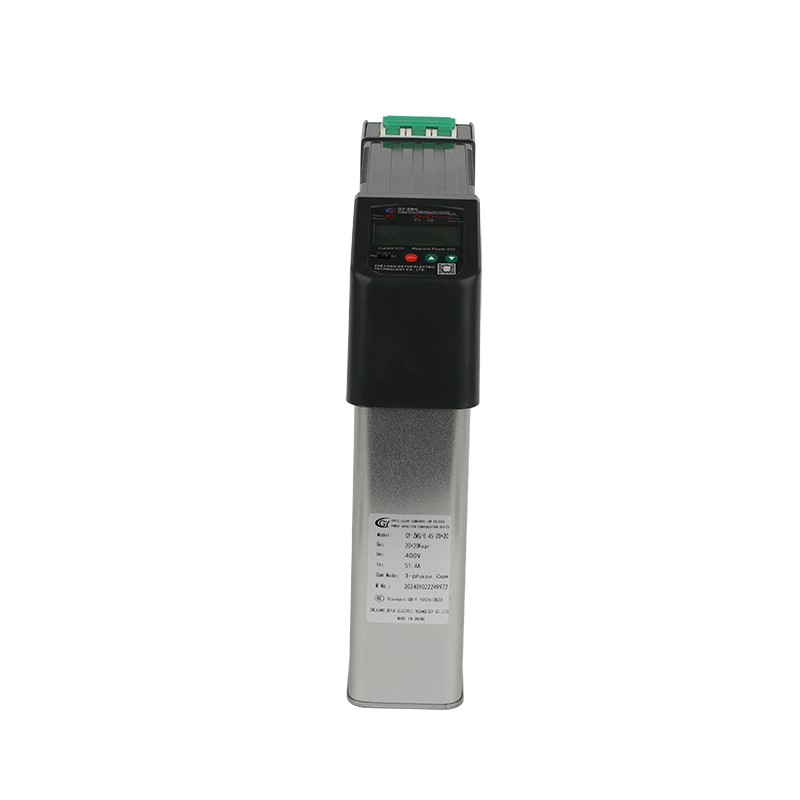
Analysis of the Current Situation of Old Capacitor Banks
The current outdated capacitor banks in the power system are mainly facing three major problems. Firstly, the equipment is severely aged, and many capacitor banks that have been in operation for over ten years have experienced phenomena such as capacity reduction and increased dielectric loss, resulting in a significant reduction in actual compensation effect. Secondly, the technical standards are outdated. Early products have design flaws in aspects such as overvoltage protection and harmonic suppression, making it difficult to meet the requirements of modern power systems. Finally, the safety risks have increased. Capacitor bulging, leakage and other faults occur frequently, posing risks to the stable operation of the system.
Through the tracking study of multiple on-site cases, we have found that the failure rate of old capacitor banks increases exponentially with the running years. Especially in high-temperature and high-humidity environments, the insulation performance of capacitors deteriorates rapidly, causing the protection devices to act frequently. These problems not only affect the effectiveness of reactive power compensation but also may trigger more serious power accidents.
The Technical Principle of "Zero Power Outage" Renovation
The core of achieving the "zero power outage" transformation of the capacitor bank lies in maintaining the balance of reactive power in the system. Our patented technology adopts a parallel operation scheme of temporary compensation branches, ensuring that the system's reactive power demand is continuously met during the replacement process. The key to this technology lies in accurately calculating the temporary compensation capacity and formulating a scientific switching sequence.
During the specific implementation, the first step is to assess the real-time reactive power demand of the system and determine the capacity configuration of the temporary compensation device. Then, establish the temporary compensation branch and verify its reliability through closed-loop testing. After ensuring the normal operation of the temporary compensation, gradually withdraw the outdated capacitors to be renovated. Throughout this process, it is necessary to monitor key parameters such as system voltage and power factor in real time to ensure stable power quality.
Our technical team has specially developed a rapid switching device and an intelligent monitoring system. These can complete the capacitor switching within milliseconds and adjust the compensation capacity in real time. This system has been verified in multiple field tests, proving that its reliability and stability fully meet the requirements of the "zero power outage" transformation.
Preparatory Work before Renovation
Comprehensive preparations are the foundation for ensuring the success of the "zero power outage" transformation. Our standard operating procedures require that three aspects of preparations be completed before the project starts. The first is on-site investigation, where technicians need to meticulously record the wiring method, installation space, and operating parameters of the existing capacitor banks, providing an accurate basis for the scheme design.
The next step is equipment inspection and assessment. Professional instruments are used to measure the actual capacity, dielectric loss, and other parameters of the capacitor group, and to evaluate its health status. At the same time, the harmonic content and voltage fluctuations of the system are detected to understand the operating environment of the power grid. These data are crucial for determining the renovation plan.
Finally, a detailed implementation plan is formulated, including the selection of temporary compensation equipment, the planning of renovation steps, and emergency response plans, etc. The plan needs to undergo multiple discussions and simulation verifications to ensure that every aspect is flawless. We usually prepare multiple backup plans to deal with possible unexpected situations.
On-Site Implementation Process
During the on-site implementation phase, the plan must be strictly followed. The first step is to install the temporary compensation equipment. Our engineering team adopts a modular installation method, which enables the equipment to be positioned and wired within the shortest possible time. After the temporary compensation system is put into operation, a comprehensive test is required to confirm its stable and reliable performance.
The second step is to replace the old capacitors in stages. Following the principle of connecting in parallel first and then removing, only one group of capacitors is operated at a time to ensure that the system always maintains sufficient compensation capacity. After each group of operations is completed, functional verification is required to confirm there are no errors before proceeding to the next group of operations. This process may take several hours or even longer, and requires the engineers to maintain high concentration.
The final step is the commissioning of the new equipment and the system switch-over. After all the new capacitors have been installed, an overall performance test is conducted. This includes tests for automatic switching function, verification of protection functions, and harmonic measurement, among others. Only after passing all the test items can the temporary compensation equipment be gradually withdrawn, completing the entire renovation process.
Safety Precautions
The safety risks associated with live-line operations cannot be ignored. Through long-term practice, we have developed a complete safety guarantee system. In terms of personnel protection, all on-site workers are required to wear a full set of insulating protective equipment, including insulating gloves, insulating boots, and protective masks, etc. Clear safety warning signs are set up in the operation area, and strict access management is implemented.
In terms of equipment safety, a multi-layer protection design is adopted. The temporary compensation device is equipped with multiple protection functions such as overvoltage, overcurrent, and temperature protection. An independent emergency stop button is set up. Once any abnormality is detected, the power can be immediately cut off. All operation tools are insulated and their insulation performance is regularly tested.
In terms of management measures, an operation permit system is implemented. Each operation step requires the signature confirmation of the responsible person. A full-time safety officer is appointed to supervise throughout the process, promptly identifying and correcting unsafe behaviors. A detailed safety briefing is conducted before the operation to ensure that every participant is clear about the risk points and preventive measures.
The "zero-power-off" renovation of old capacitor banks is a complex and technically demanding project with significant implementation challenges. Through temporary compensation and step-by-step replacement techniques, the equipment can be updated completely without interrupting the power supply. This technology is particularly suitable for scenarios with critical requirements for continuous power supply, such as hospitals, data centers, and continuous production enterprises. Geyue Electric suggests that those who plan to carry out the renovation should choose us, an experienced professional reactive power compensation supplier. We not only provide reliable technical solutions, but also can effectively control the implementation risks. We will schedule the best time for the renovation during periods when the load is relatively stable, and should also formulate sufficient emergency plans. As a professional manufacturer in the field of low-voltage reactive power compensation for over a decade, we will continue to improve the "zero-power-off" renovation technology and provide safe and reliable customized reactive power compensation services for more users. At the same time, our company also looks forward to strengthening communication and cooperation with industry colleagues to jointly promote the progress of low-voltage reactive power compensation technology and make greater contributions to the safe, sustainable, and economic operation of the global power system. If you are a user planning to implement the renovation and are interested in our "zero-power-off" renovation service, please contact our chief electrical engineer via info@gyele.com.cn.
- Can Active Power Filters Become the Key to Solving Power Quality Problems?
- What Role do Reactors Play in Modern Power Systems?
- Can Capacitor Switches Become Key Equipment in the Smart Grid Era?
- How Has the CJ19 AC Contactor Become a Reliable Choice for Capacitor Switching?
- Can Cylinder Self-healing Shunt Capacitor Become the Ideal Choice for the Smart Grid Era?
- Apart from Saving Electricity Costs, What Value does Low-Voltage Reactive Power Compensation Bring to Enterprises?

